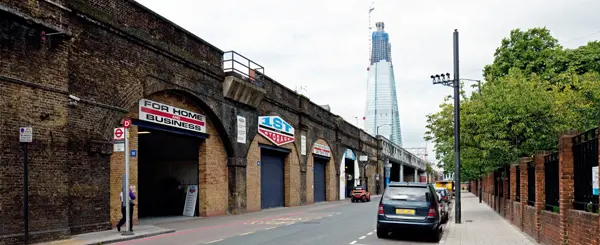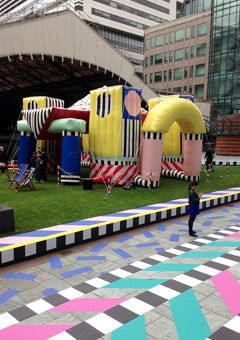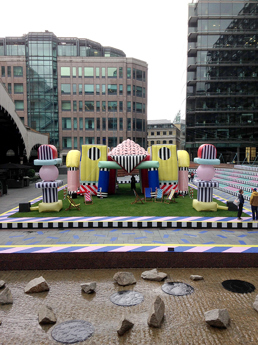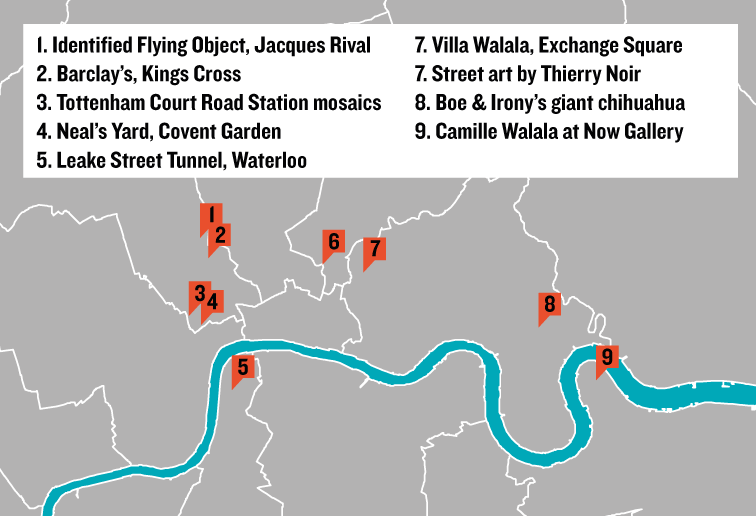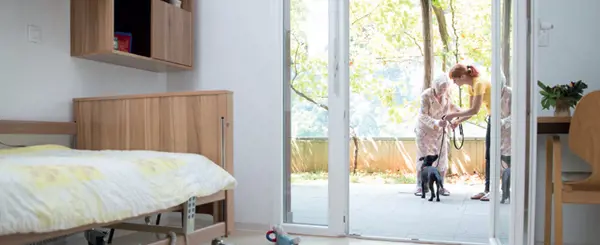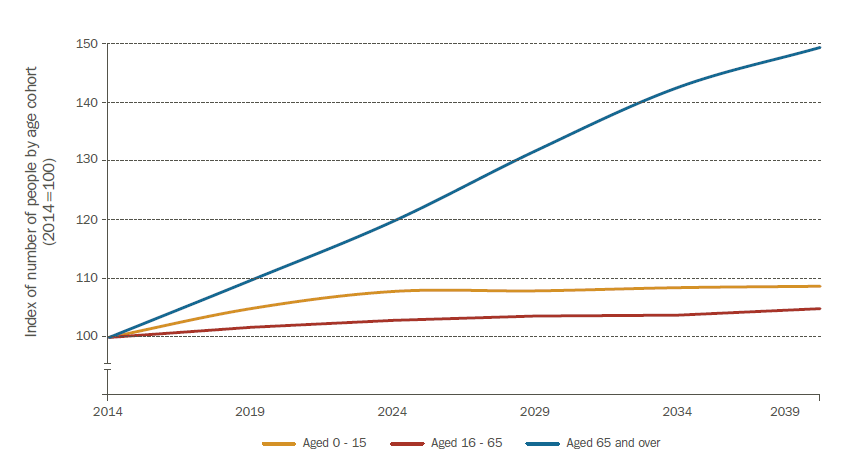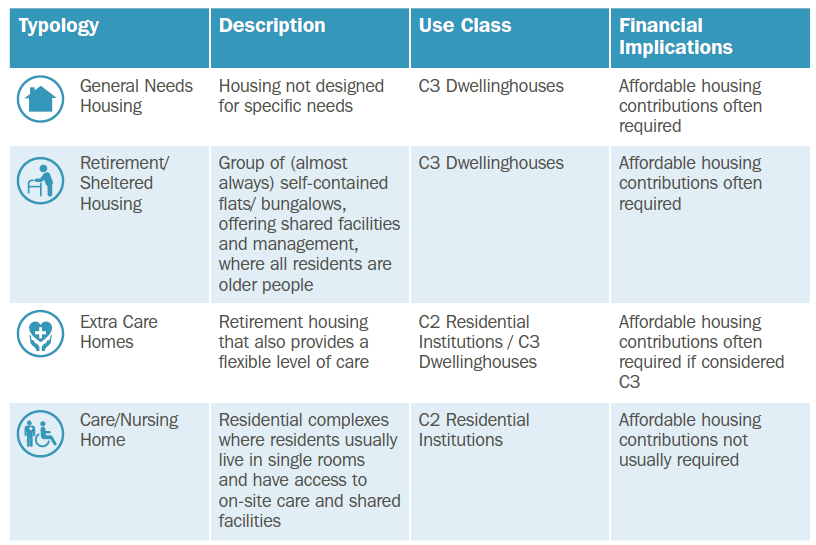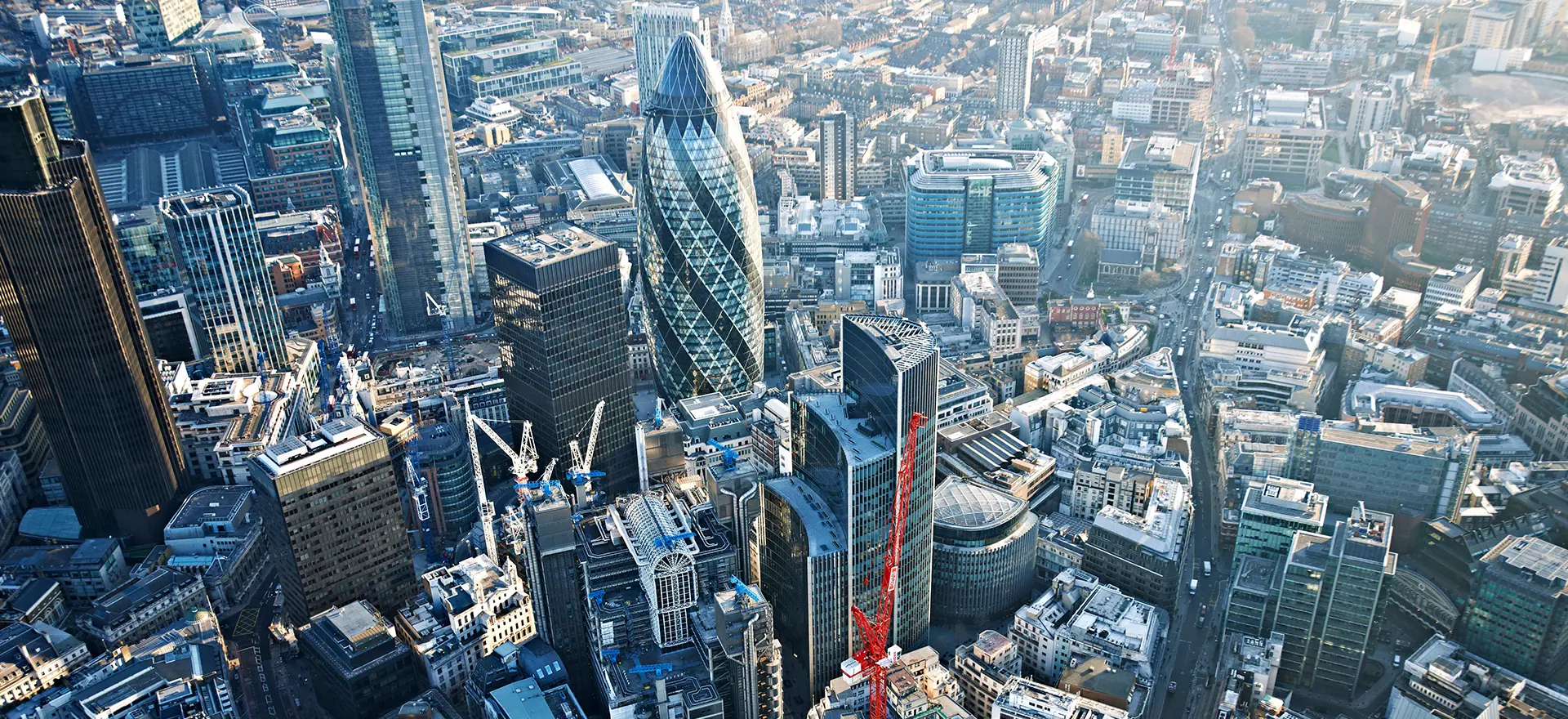Sunday 1st October 2017, after 18 months, the world of permitted development rights waits no more: the temporary permitted development right for change of use from light industrial to residential becomes a reality.
From Sunday, and for the next three years, changing the use of a light industrial building (or part of a building so used) that is use class B1(c)[1], to residential, use class C3, benefits from a new permitted development right, subject to a prior approval process and various limitations and conditions, of course. Or more specifically:
Class PA – premises in light industrial use to dwellinghouses
Development consisting of a change of use of a building and any land within its curtilage from a use falling within Class B1(c) (light industrial) of the Schedule to the Use Classes Order to a use falling within Class C3 (dwellinghouses) of that Schedule.
Here are the exemptions and limitations:
- The building must have been used solely for light industrial on 19th March 2014 (or when last in use if not in use on or since that date),
- The prior approval date[2] must be before 1st October 2020;
- The gross floorspace of the existing building cannot exceed 500 sq.m;
- If occupied under an agricultural tenancy, express consent of both tenant and landlord is required,
- No development can begin within one year of terminating an agricultural tenancy if it was terminated for the purpose of changing the use by virtue of Class PA (unless both the tenant and landlord have agreed in writing that the site is no longer required for agricultural purposes),
- The site cannot be or form part of a site of special scientific interest; safety hazard zone or a military storage area,
- The building cannot be listed, or be within the curtilage of a listed building; and
- The site must not be or contain a scheduled monument.
As for the application for a determination as to whether prior approval is required, the developer must submit (amongst other things) a statement proving the building was solely in light industrial (B1(c)) use on 19th March 2014 (or when last in use if not in use on that date, and not in use since) – i.e. the lawful use of the building is solely B1(c), and this was the case on 19th March 2014. The developer must also state the net increase in the number of dwellinghouses proposed.
And the local planning authority must consider whether its prior approval is required with regard to:
- Transport and highways impact on the development
- Contamination risks
- Flood risks; and
- Whether the change of use of the building to residential would have an adverse impact on the sustainability of the provision of industrial and/or storage or distribution services in that area - if the building (or part of a building, if only part is being converted) considered by the LPA as important for provision of those services.
Development under class PA, if permitted, is subject to the condition that it be completed within a period of three years starting with the date of prior approval.
Details of Class PA are in the April 2016 amendment to the GPDO[3]
The Reaction
Are we excited/worried about the changes…? Well, in respect of the latter, LB Southwark clearly are - on Thursday 28th September 2017, they announced consultation on an immediate Article 4 direction[4] removing Class PA permitted development rights in specified locations (Local and Strategic Preferred Industrial Locations and existing and emerging site allocations for comprehensive mixed use development).
An immediate Article 4 Direction would open the Council up to potential claims for compensation under the terms of the Town and Country Planning Act 1990 (as amended) and the Town and Country Planning (Compensation) (England) Regulations 2015 (as amended). Not a decision taken lightly, I suspect.
Others have already used Article 4 Directions, albeit a little while earlier, including LB Hounslow – where an Article 4 Direction comes into force in January 2018, and LB Islington, where it’s already in force, to name but a few.
But are these councils right to be cautious, are we about to see a glut of changes of use removing light industrial space from our towns and cities?
In my view, probably not. The combination of finding a building that is under 500sqm, that can be proved to be, or to have been solely in B1(c) use and that would not be deemed to impact on the sustainability of the provision of surrounding industrial and storage uses may be tough. Particularly as the term ‘sustainability’ is not defined in the GPDO and is subject to interpretation (i.e. a matter of fact and degree that the decision-maker can decide).
So I don’t imagine an office to residential-style (Class O) style rush. But I suspect a few will test the water early on, perhaps on a par with the right for change of use from retail to residential (Class M). Assuming the Government captures the statistics as they do with other permitted development rights, we’ll find out in the next few quarterly releases how popular it has been.
Of course, if you do have a building you think may qualify for this permitted development right, and are interested in finding out more about how you may go about the prior approval process , please don’t hesitate to contact Lichfields.
Download Lichfields Use Class Order
[1] Use Class B1(c): use for any industrial process, being a use which can be carried out in any residential area without detriment to the amenity of that area by reason of noise, vibration, smell, fumes, smoke, soot, ash, dust or grit
[2] “prior approval date” is defined in Paragraph X of Part 3 of the Town and Country Planning (General Permitted Development) (England) Order 2015 (as amended) and means the date on which— (a) prior approval is given; or (b) a determination that such approval is not required is given or the period for giving such a determination (in this case 56 days) has expired without the applicant being notified whether prior approval is required, given or refused.
[3] http://www.legislation.gov.uk/uksi/2016/332/made.
[4] http://www.southwark.gov.uk/planning-and-building-control/planning-policy-and-transport-policy/article-4-directions?chapter=6&utm_content=&utm_medium=email&utm_name=&utm_source=govdelivery&utm_term
Image credit: Arcaid Images / Alamy Stock Photo



